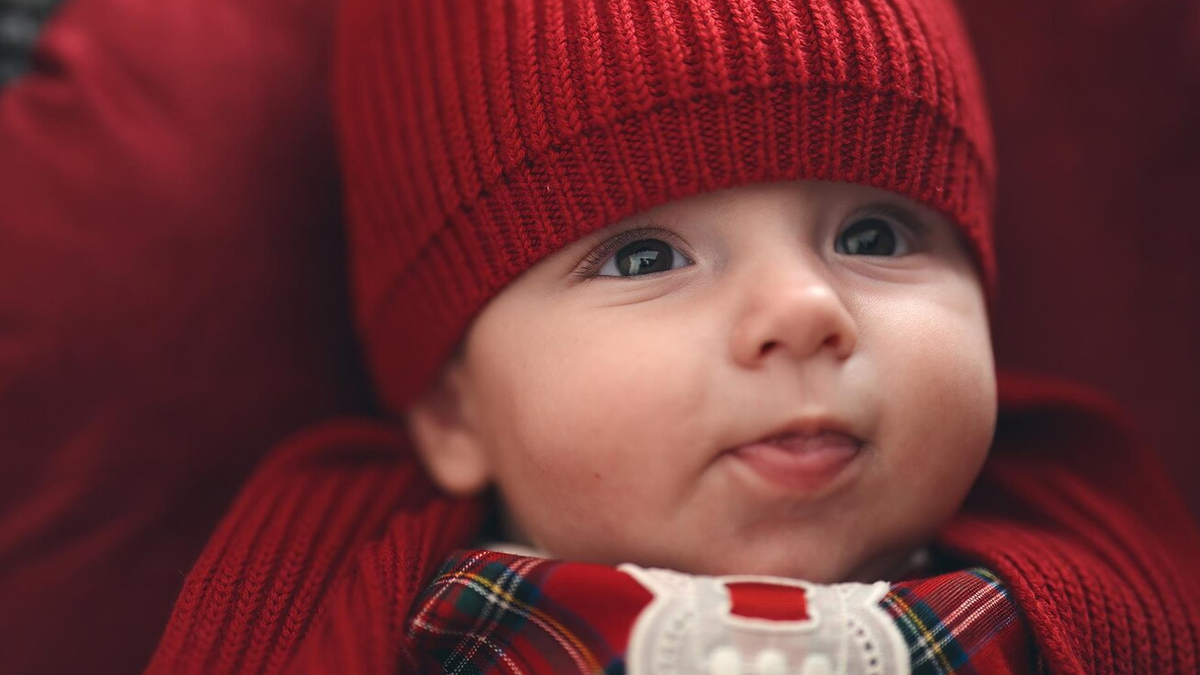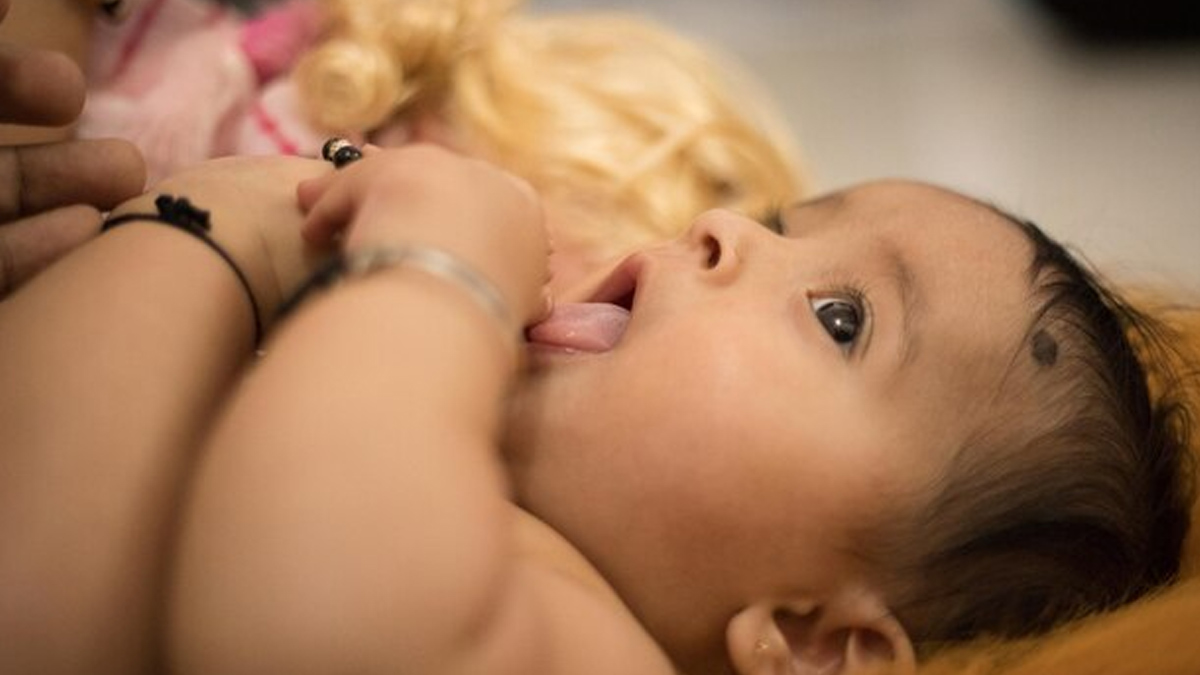
Bringing a newborn into the world is a lovely experience, but it's not without challenges. One of the biggest concerns for new parents is understanding their baby’s hunger cues. As babies are unable to tell us verbally what they need, they communicate their hunger through faint and sometimes not-so-faint signs. Recognising these signals early on will help avoid fussiness and see that your little bundle of joy is full and content.
Table of Content:-
Early Hunger Cues: Subtle Signs to Watch For
Babies tend to exhibit early hunger signs before they begin crying. Picking up on these cues can make feeding less stressful and easier for the baby and the parent. Here are some of the earliest signs to recognise hunger in newborns:
Lip Smacking and Sucking Movements

Your baby may begin to move their lips, smack them together, or make sucking movements even without anything in their mouth. This is an obvious sign that they are hungry.
Rooting Reflex
If you stroke your infant's cheek softly, they might turn their head in the direction of your stroke and open their mouth as if seeking the breast or bottle. This reflex is another hunger signal in infants.
Hand-to-Mouth Movements

Infants tend to bring their hands to their mouths and begin sucking on their fingers or fist. This self-soothing action indicates that they are hungry and attempting to fulfil their need to suck.
Also Read: Is Kajal Safe for Babies? Here Is How It May Cause More Harm Than Protecting Them From Evil Eye
Mid-Stage Hunger Cues: Indicators That Feeding Time Is Near
If the early signs are not attended to, your baby might display stronger hunger cues, such as:
Increased Alertness and Activity

A hungry baby can suddenly get more awake and alert, moving their arms and legs more often. They can also begin turning their head back and forth to look for food.
Fidgeting and Restlessness
As hunger becomes more urgent, babies may squirm, stretch, or get increasingly fussier. These actions are usually their way of communicating to you that they need to eat soon.
Mouthing at Objects
Some babies may attempt to latch onto whatever is close to their mouth, like a blanket, their fingers, or even your shoulder if you are holding them.
Also Read: When To Start Brushing Your Baby’s Teeth? Expert Tips on Introducing Toothbrush and Toothpaste
Late Hunger Cues: Crying and Distress
If early and mid-stage hunger signals are not addressed, a baby will move up to late-stage hunger signals, which are:
Crying

Crying is a late hunger signal and can complicate feeding, as an upset baby is sometimes unable to latch efficiently. It is better to feed your baby earlier before reaching this point to keep them calm and facilitate easier feeding.
Turning Red and Clenching Fists
An extremely hungry infant may become visibly distressed, with a red face and clenched fists. This is a sign of frustration from delayed feeding.
Arched Back and Kicking Legs

Some infants show hunger through intense physical activity, such as arching their back or kicking their legs fiercely. This is an indication that they are desperate for food.
How Often Should a Newborn Eat?
Newborns have small stomachs and need frequent feedings, usually every 2-3 hours. Since every baby is unique, some may require more frequent feedings. Breastfed babies will feed more than formula-fed babies because the breast milk gets digested fast.
[Disclaimer: This article contains information for informational purposes only. Hence, we advise you to consult your professional if you are dealing with any health issue to avoid complications.]
Also watch this video
How we keep this article up to date:
We work with experts and keep a close eye on the latest in health and wellness. Whenever there is a new research or helpful information, we update our articles with accurate and useful advice.
Current Version